Today was a day for scientific logging of the borehole. Because of the earlier problems we want to continue the scientific study with extra care. We have retrieved sediment cores to a depth of approximately 150 meters below the lake bottom (320 meters below the ice). Since the drilling has once again encountered sandy sediments, which are difficult to drill, the science team decided yesterday to log the drill hole to be sure and acquire a complete record of the sediments we have already extracted. What does it mean to log the hole? The whole reason for drilling the sediments in Lake E is to learn about the past climate history of the Arctic regions. We can learn about the climate by studying different physical properties of the sediments. Some of the properties that we measure include: magnetic properties, radioactivity, sonic properties and electrical resistance. The initial measurements are completed in the on-site core laboratory, however, many of the more precise measurements will be taken when the cores are shipped to Germany or the United States. Unfortunately, drilling is a bit of a messy process and it is difficult to retrieve a continuous core. By carefully measuring the distance drilled and the cores removed, we know that some parts of the sediment record are not recovered. This is why we need the down-hole logging team.
The team members from GFZ in Potsdam Germany, are representatives from the Operational Support Group of the International Continental Drilling Program (ICDP) and they are logging experts. Martin Topfler and Jochem Kuck have many different scientific probes that are designed to be lowered down the borehole to measure the sediments that are still in the lake. They will get a continuous measurement of the entire borehole. These down-hole measurements can then be compared to the measurements of the cores in the laboratory and used to fill in gaps in the sediment record.
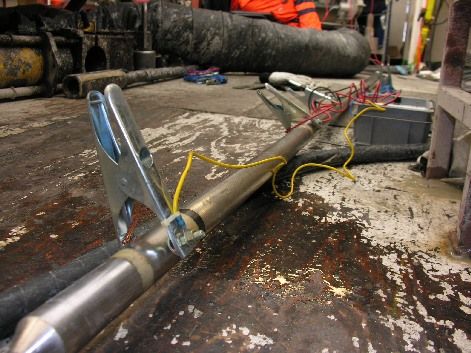 One of the down-hole logging probes
One of the down-hole logging probes
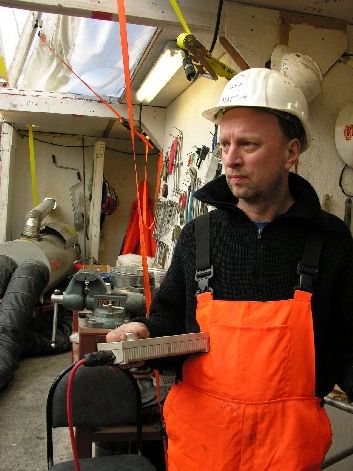 Martin prepares to lower a probe in the bore hole.
Martin prepares to lower a probe in the bore hole.
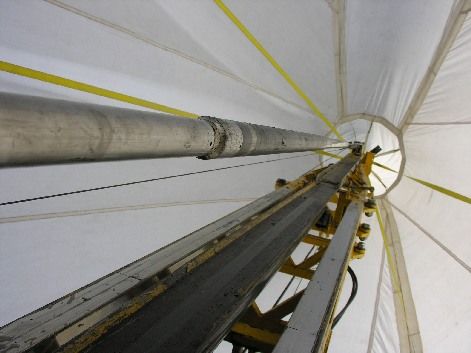 Looking up the rig tent at a probe being lowered into the borehole.
Looking up the rig tent at a probe being lowered into the borehole.
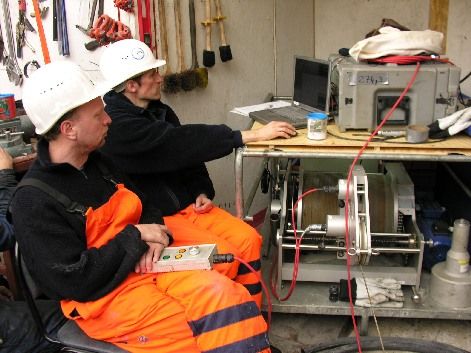 Martin and Jochem monitoring the data from the down-hole probes.
Martin and Jochem monitoring the data from the down-hole probes.
During a few of the longer logging runs, I took the opportunity to explore some of the unusual snow formations on the lake near the drill rig.
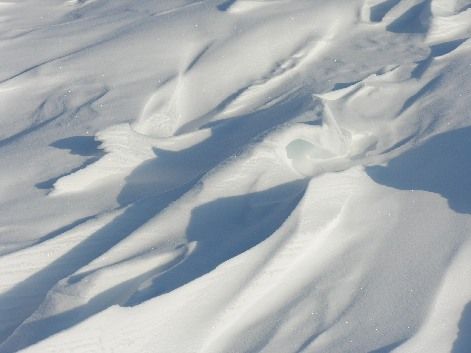 Unique windblown snow features on the lake.
Unique windblown snow features on the lake.
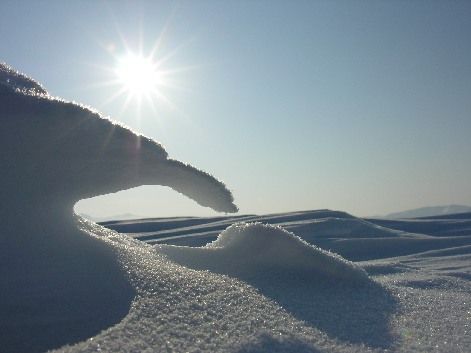 A natural snow arch on El’gygytgyn
A natural snow arch on El’gygytgyn
T-Mart... staying warm on Lake E!

